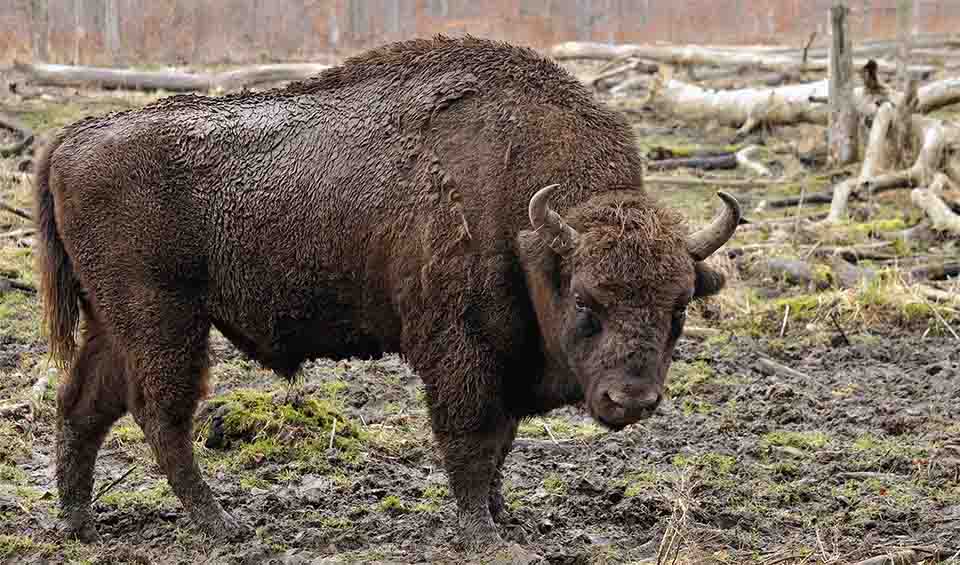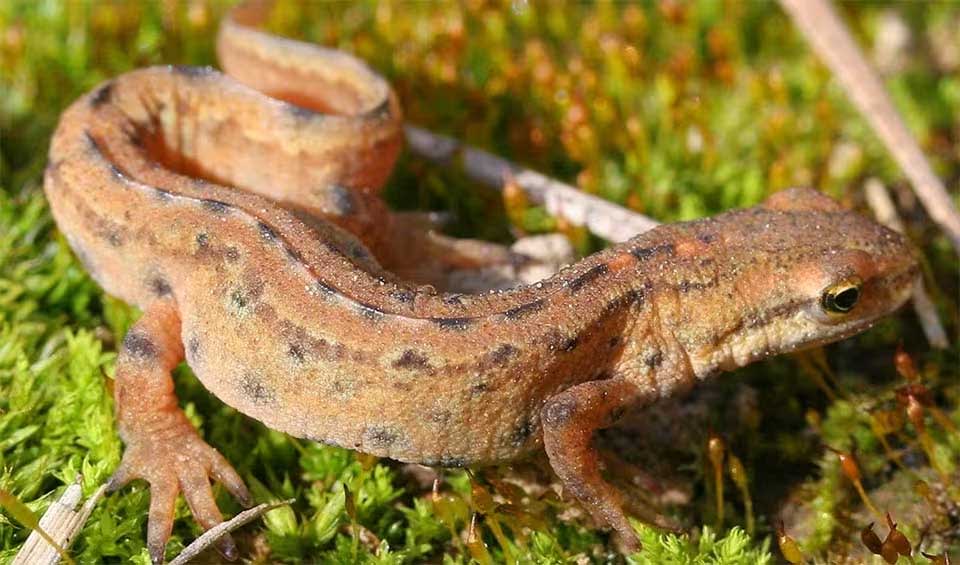Sweden is a Nordic country located in Northern Europe. It is bordered by Norway to the west and north, Finland to the east, and is connected to Denmark by a bridge tunnel across the Öresund Strait. Covering an area of approximately 450,295 km² (173,860 mi²), Sweden is the largest country in Northern Europe and the third-largest in the European Union. Its landscape is characterized by its natural beauty, including the Scandinavian Mountains in the west, the extensive forests and lakes of the central region, and the archipelagos along the east coast. The country is home to numerous national parks and nature reserves, such as Abisko National Park, which offer opportunities for outdoor activities and wildlife observation.
Sweden’s rich biodiversity includes a variety of flora and fauna, with notable species such as moose, reindeer, and brown bears. The country’s extensive forests are primarily composed of pine, spruce, and birch trees, supporting a diverse range of plant and animal life.
Four pillars elaborated:
Sweden, the third largest country in the EU, spans nearly 450,000 km² (173,746 mi²) of land and over 155,000 km² (59,846 mi²) of marine areas. Located on the eastern side of the Scandinavian peninsula, it features a lengthy coastline and is bordered by Norway, with whom it shares a mountainous border, and two other countries. Sweden also contains numerous large lakes. The nation’s dedication to environmental conservation is evident, with almost 85% of its land surface protected under the Environmental Code. This includes around 4,000 nature reserves that provide varied landscapes and habitats for wildlife. Managed by the Swedish Environmental Protection Agency, the national parks offer the highest level of protection and are crucial for outdoor activities and nature conservation. Additionally, over 15% of Sweden’s marine and coastal areas are designated as protected, safeguarding essential marine ecosystems and biodiversity. Land Management
Land Management
The main threats to biodiversity in Sweden’s agricultural ecosystems include intensification—driven by economic and technical development leading to larger, more intensively farmed units—and the abandonment of semi-natural habitats. Forest biodiversity faces challenges from practices that simplify ecosystems, such as logging, fertilization, the introduction of exotic tree species, diseases, pest outbreaks, removal of dead wood, and the absence of natural disturbances. Climate change significantly impacts ecosystems, particularly in mountainous regions. Threats to Biodiversity
Threats to Biodiversity
In terms of wetlands and freshwater ecosystems, about a quarter of Sweden’s original wetlands have been lost due to drainage and modifications like lake water level reductions and straightening of watercourses, with over 80% of the remaining wetlands affected by human activities including drainage, agriculture, forestry, and peat extraction. This has led to reduced, fragmented, or isolated aquatic environments. The demand for timber, pulpwood, and bioenergy exacerbates these issues, particularly clear-cutting along waterways which eliminates buffer zones and disrupts stream ecosystems. Around 100 freshwater species are now considered threatened due to habitat loss. Marine and coastal biodiversity is threatened by overfishing, eutrophication, invasive species, oil transport, boat traffic, heavy development, population growth, tourism in sensitive areas, and climate change.
National parks in Sweden, managed by the Swedish Environmental Protection Agency, offer the highest level of environmental protection. These pristine areas provide unique opportunities for outdoor recreation and nature appreciation. Efforts are underway to develop action plans for many threatened plant species, and initiatives such as the Flora Guardians contribute to the protection of sites and enhance public awareness of red-listed species, covering a significant number of threatened species. Around 4,000 sites have been integrated into the Natura 2000 network. Capacity and Governance
Capacity and Governance
In 2004, the Swedish EPA began implementing a series of action programs for threatened species, planning to have launched around 200 programs by 2010 to guide efforts to conserve and enhance approximately 400 targeted species. For instance, the action plan for trees of high conservation value in cultural and urban landscapes is expected to aid at least 400 species listed on the Swedish Red List. Sweden has also made substantial progress in reducing pollution from various sources, including SO2 emissions, ozone-depleting gases, and many toxic compounds. Additionally, Nordens Ark, a private non-profit foundation focused on the conservation of endangered animals, supports ex situ breeding and reintroduction programs, with national breeding programs for threatened species coordinated by the Swedish Association of Zoological Parks and Aquaria.
Sweden will implement a comprehensive national strategy for biodiversity conservation, aimed at halting biodiversity loss and ensuring a living and sustainable environment for future generations. The country’s forests, crucial to its biodiversity, will be sustainably managed by the government. This management will involve protecting old-growth forests, encouraging natural regeneration, and enhancing the use of dead wood. Additionally, Sweden is set to adopt a green infrastructure policy designed to connect natural areas and enhance ecological connectivity, which will support the long-term survival of species and ecosystems. Future Trends
Future Trends
Biodiversity
The boreal forests, or taiga, cover a significant portion of Sweden, especially in the central and northern parts of the country. These forests are dominated by coniferous trees such as Scots pine and Norway spruce, along with birch, aspen, and other deciduous species. The boreal forests are home to a variety of wildlife, including the Eurasian lynx, brown bear, gray wolf, and moose. Bird species such as the capercaillie, black grouse, and the northern goshawk are also commonly found in these forests. The rich undergrowth includes various types of mosses, lichens, and berries like lingonberries and bilberries.Sweden’s wetlands, including peat bogs, fens, and marshes, are vital for the country’s biodiversity. These wetlands provide habitats for numerous species of birds, insects, and plants. Notable bird species include the crane, Eurasian curlew, and various types of ducks and geese. The wetlands are also important breeding grounds for amphibians such as frogs and newts. The plant life in these areas includes species like sedges, cotton grass, and sphagnum moss.
In the table below are the number of known species in several main groups, how many of these species are Threatened with extinction, and how many of them are Endemic (unique to Sweden only):
| Species (World rank) |
Threatened | % Threatened | Endemic | % Endemic | |
|---|---|---|---|---|---|
| Mammals | 80 (#141) | 1 | 1.3% | ||
| Birds | 277 (#140) | 12 | 4.3% | ||
| Reptiles | 7 (#193) | ||||
| Amphibians | 13 (#127) | ||||
| Fishes | 247 (#157) | 29 | 11.7% | 2 | 0.8% |
| Plants | 3,863 (#90) | 5 | 0.1% | 277 | 7.2% |
mammals
European bison
Habitat destruction & overhunting led to extinction in the wild, now gradually being reintroduced
Arctic fox
Facing the consequences of global warming, they quickly lose their habitat and are pushed northward with the receding cold
Wolverine
Once wolverine was once observed defeating a polar bear
birds
Eurasian sparrowhawk
Better call the ambulance before the Sparrowhawk comes to devour all those who are injured
Atlantic puffin
This incredible bird can hold up to 30 fish in its beak at once
Common tern
This bird holds the record of the longest distance flown by any bird in recorded history
reptiles
European adder
A venomous snake native to Britain and found all across Europe
Viviparous lizard
One of the few reptiles that can not only lay eggs but also give birth to live young
Slow worm
You might mistake them for snakes, but they are merely legless lizards
amphibians
Common frog
It is one of the most widespread and familiar amphibians in Europe
Smooth newt
They have the ability to regenerate lost limbs and other body parts, a superpower in the animal kingdom!
European tree frog
Symbol of environmental health as they are sensitive to changes in environmental conditions, particularly pollution levels
National Animals
Moose
They are so tall, that they prefer to feed on higher shrubs and grass, as lowering their head to the ground can be difficult!
Common blackbird
Arguably among the most beautiful songbirds in the world — they enjoy singing after a rain shower


















